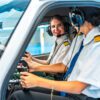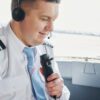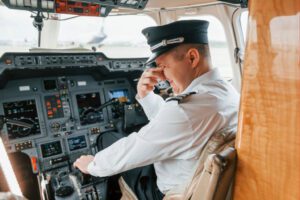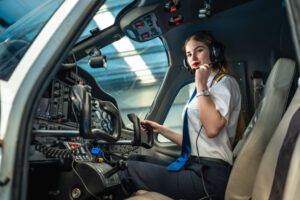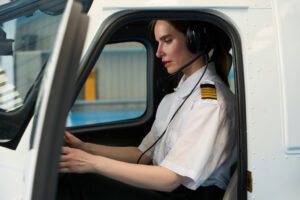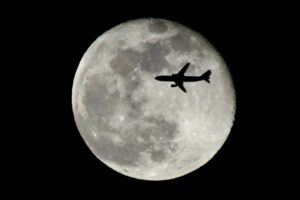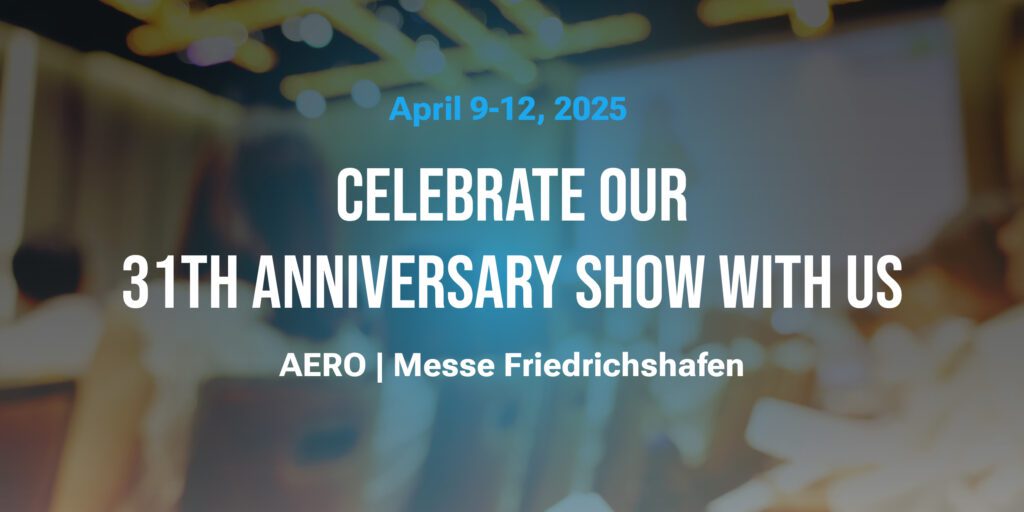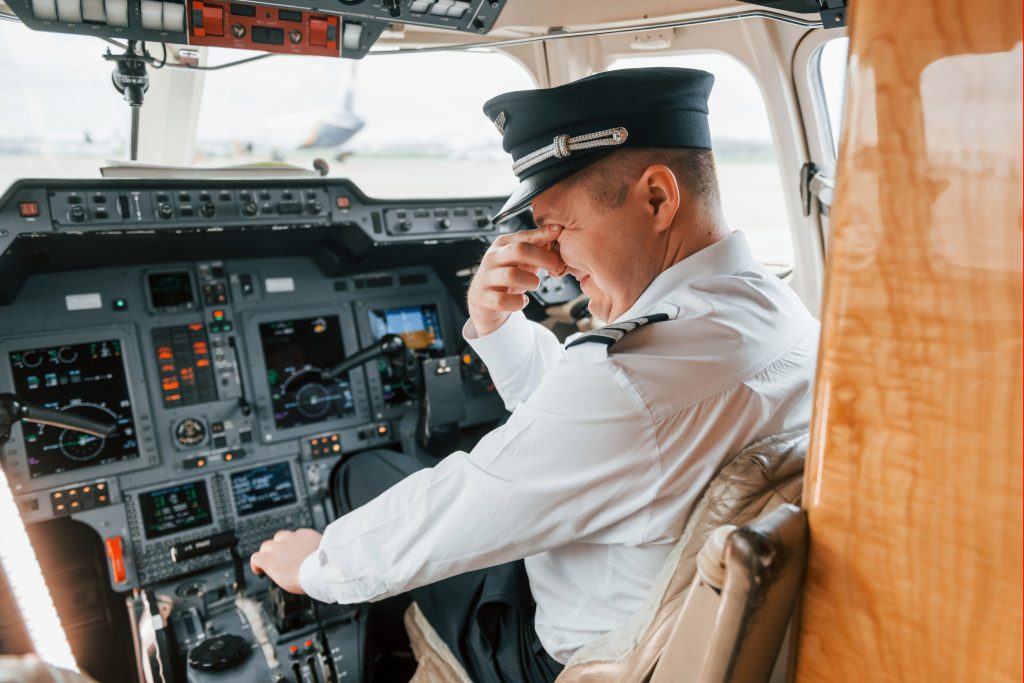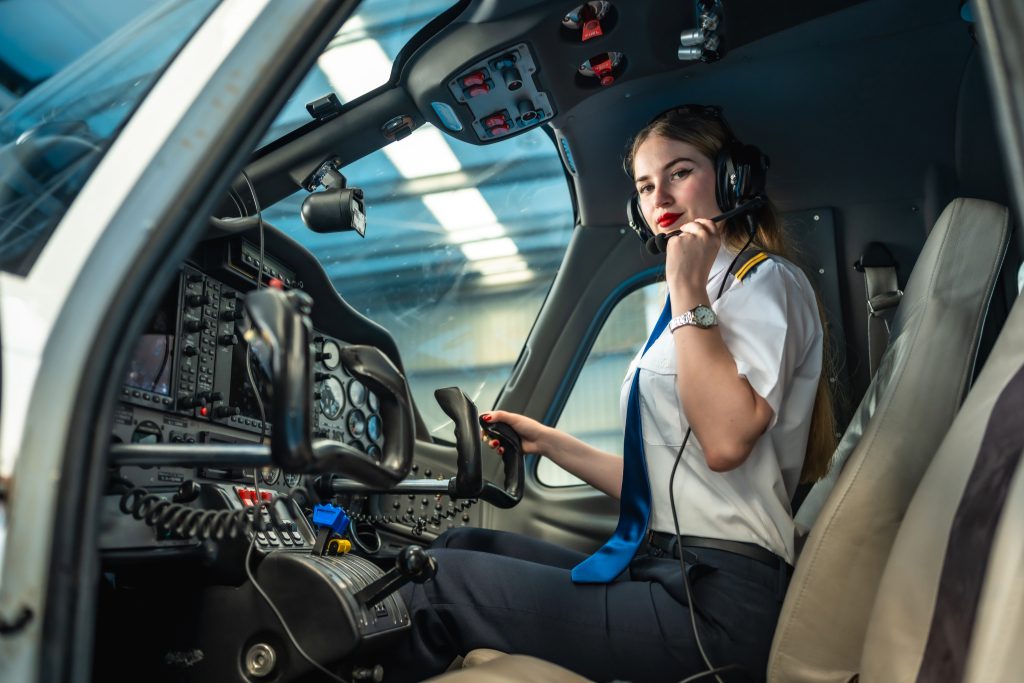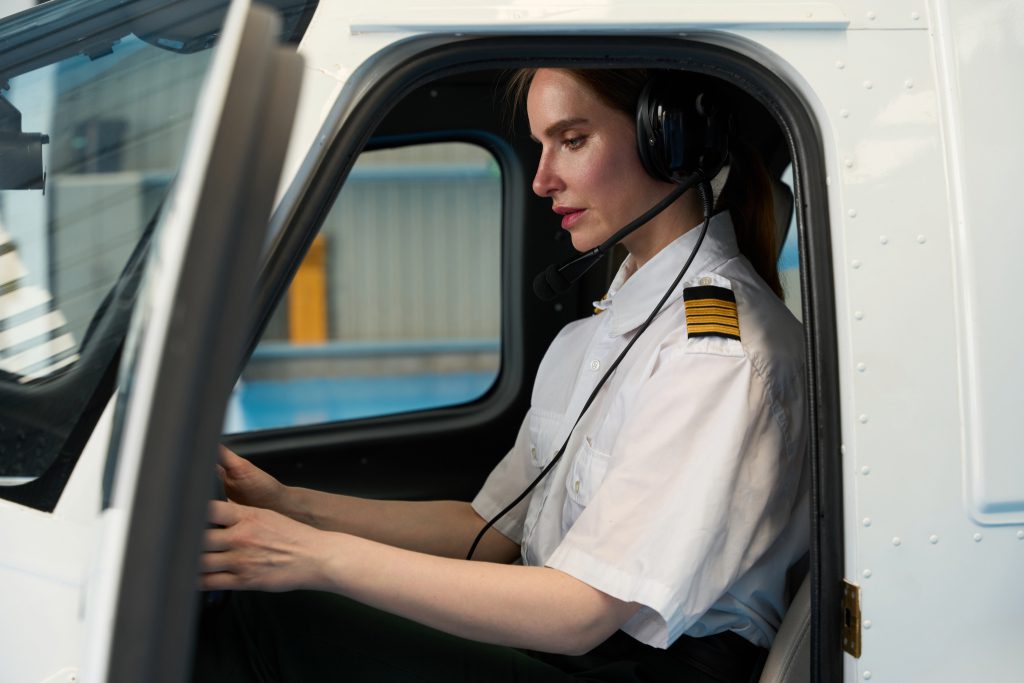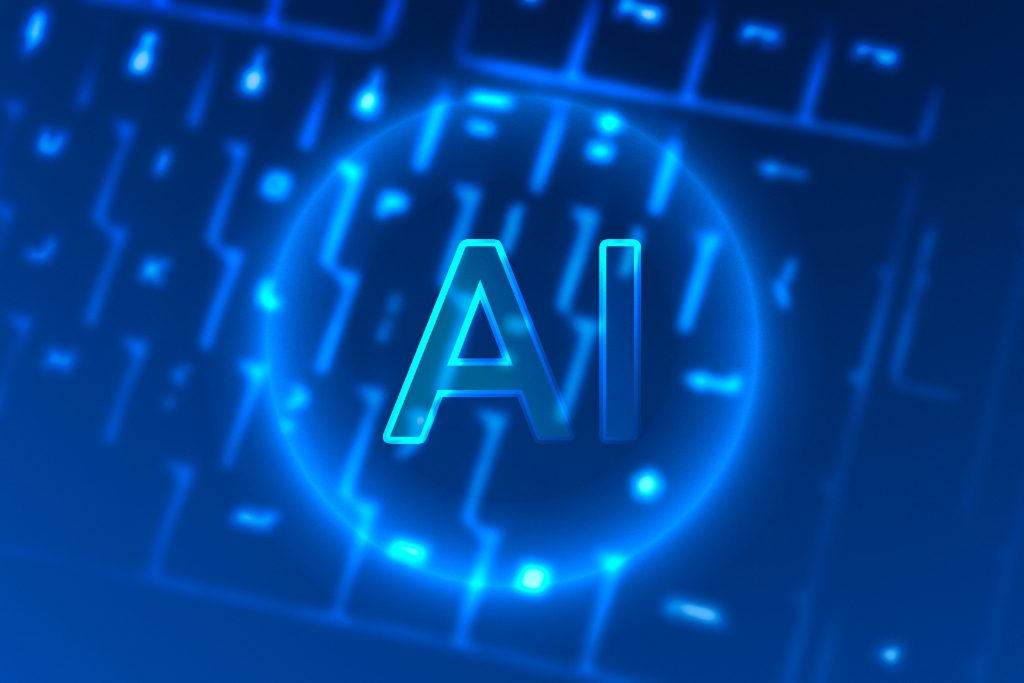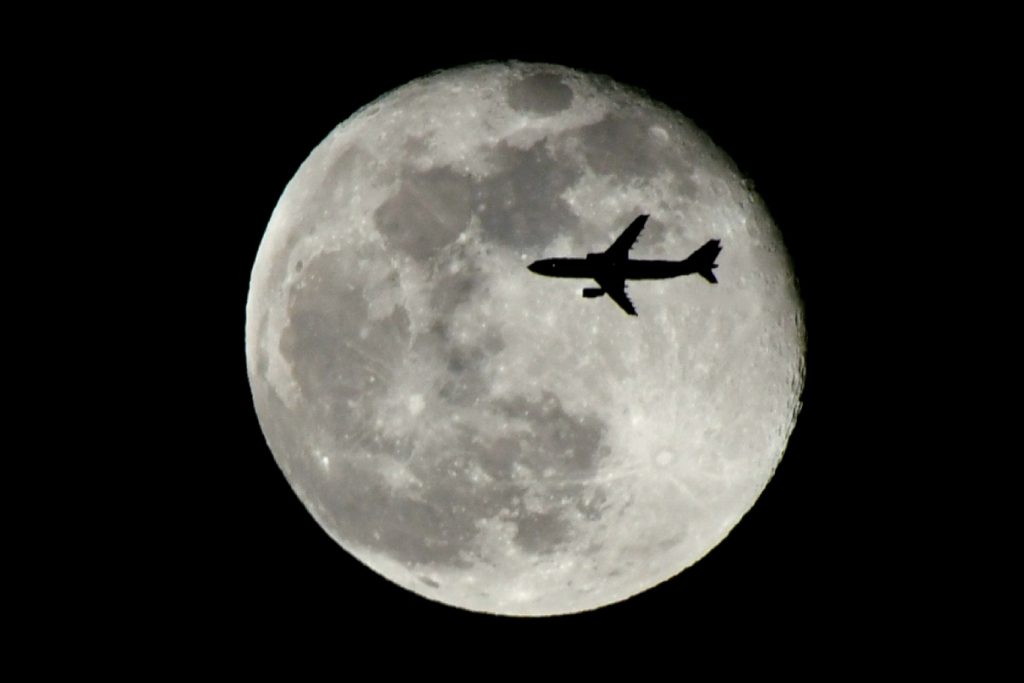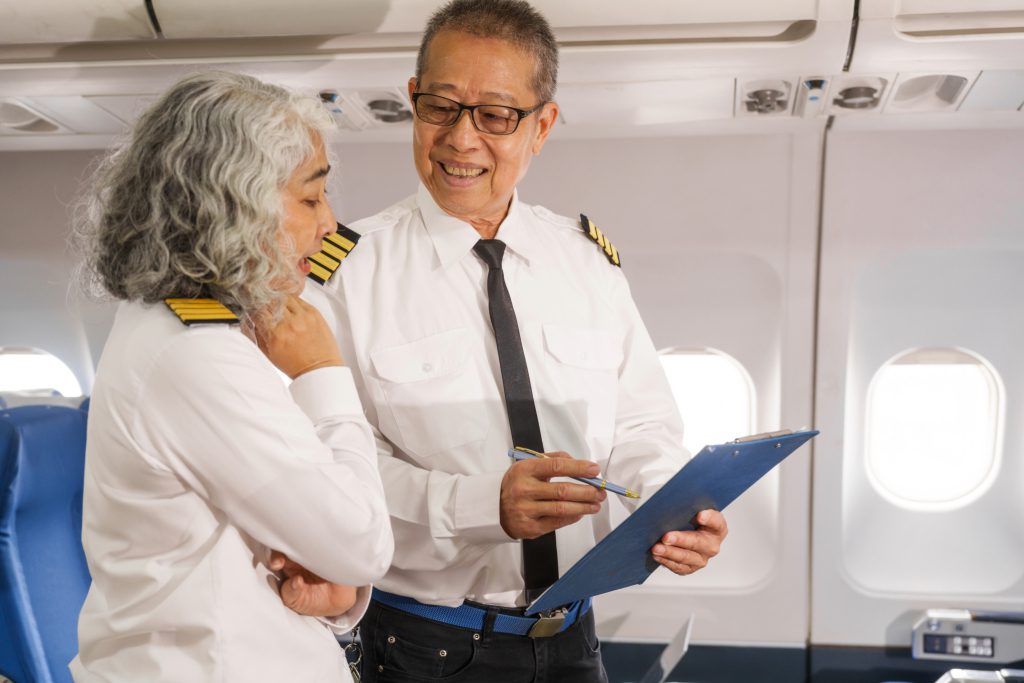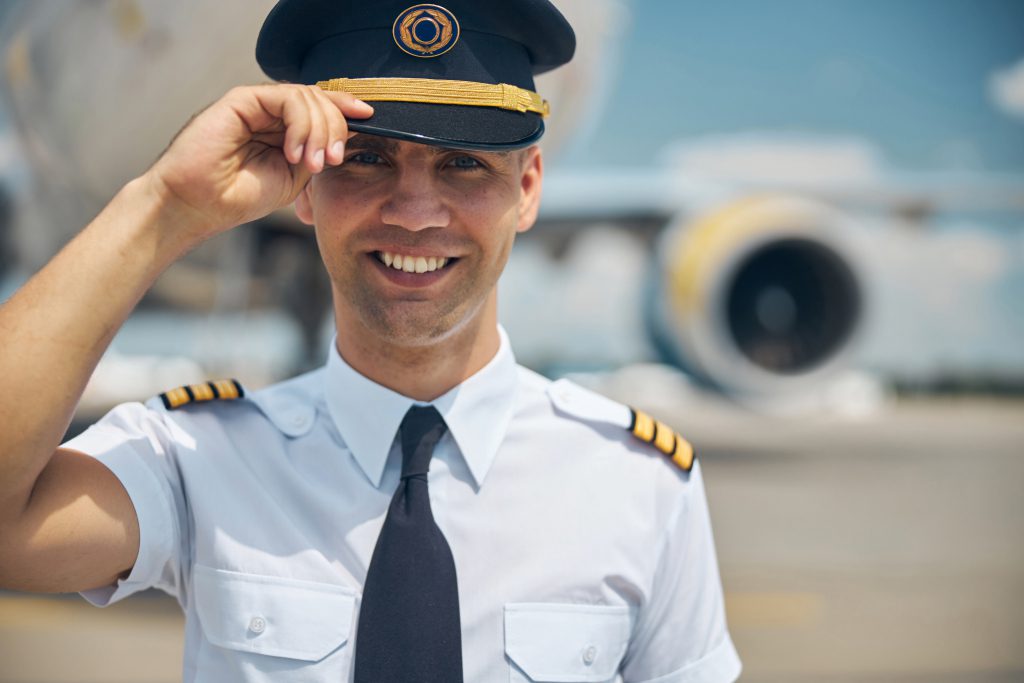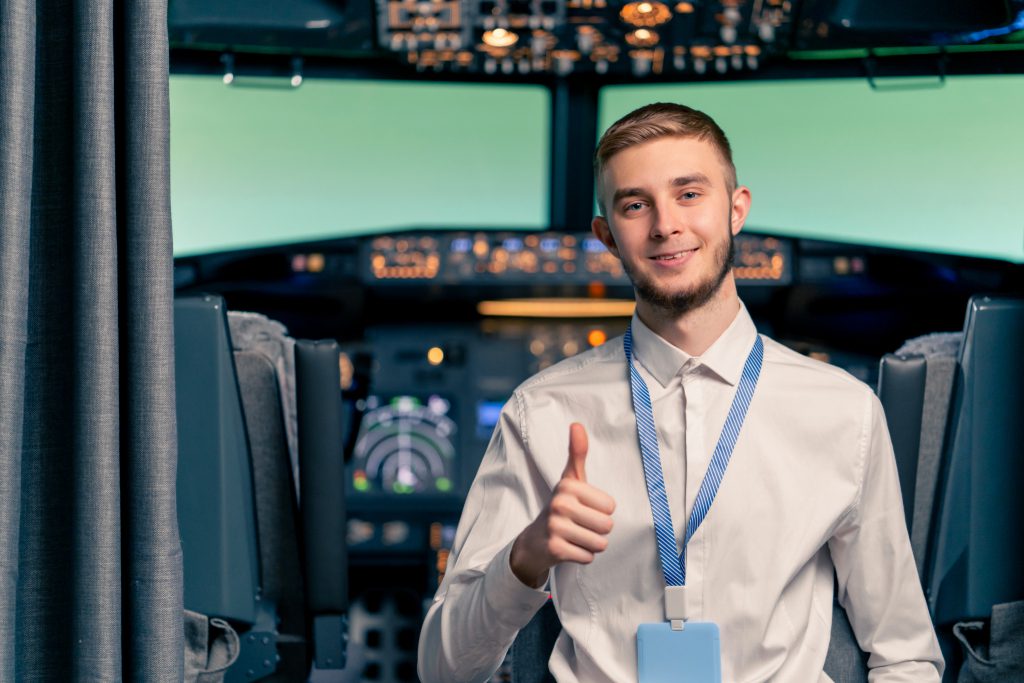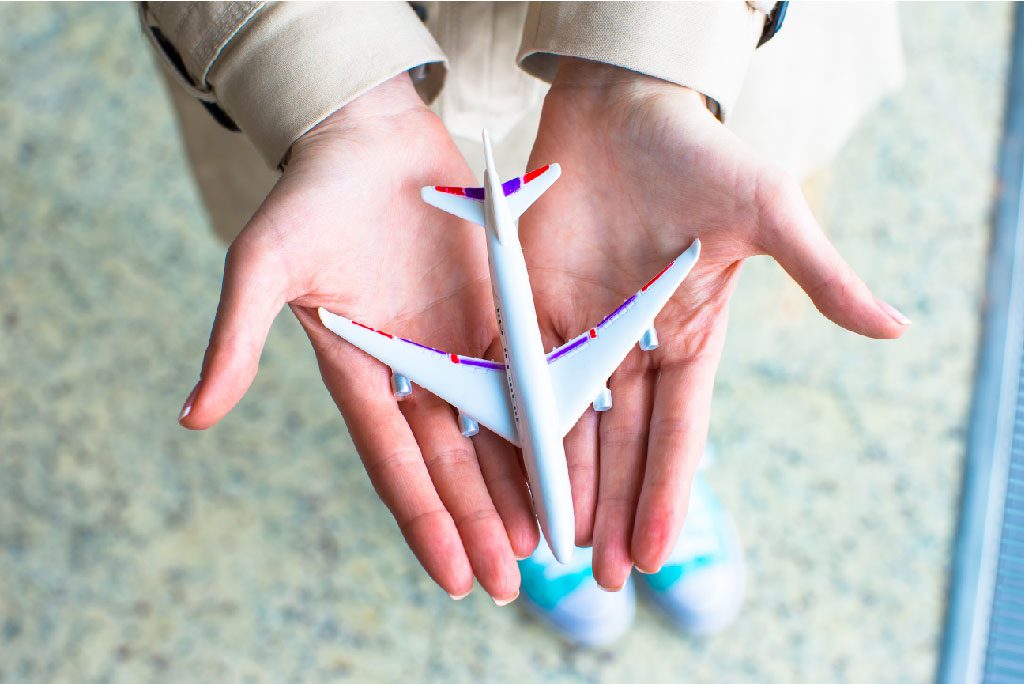Aspiring aviators often ask whether they should start and stop with a Private Pilot License or invest in the additional training to earn a Commercial Pilot License. Both certificates open the door to the skies, but they differ considerably in privileges, training hours, costs and career possibilities. This article compares the two to help you choose the path that fits your goals.
What Is a Private Pilot License (PPL)?
A PPL is the foundation for most pilots. It allows you to fly passengers and cargo for non‑commercial purposes. You may split expenses such as fuel, oil and airport fees with passengers, but you cannot be paid for your services. Holders of a PPL can fly day or night and even make international flights, provided they comply with the destination country’s rules. According to Pilot Institute, you must be at least 17 years old (16 for gliders and balloons), hold at least a third‑class medical certificate and already have a student, sport or recreational certificate. Minimum flight‑time requirements are 35–40 hours (depending on whether your school operates under Part 141 or Part 61), but most students take nearer to 70 hours to feel proficient.
Key PPL Privileges
- Carry non‑paying passengers: The license allows unlimited passengers, but only on a cost‑sharing basis
- Fly most aircraft for recreation: With appropriate endorsements, you can fly single‑engine aircraft under visual flight rules, at night and cross‑country
- Add ratings: Instrument or multi‑engine ratings can be added to expand where and when you can fly
PPL Limitations
- No compensation: You cannot charge for your services, and commercial operations are prohibited.
- Aircraft size: Generally limited to small, single‑engine aircraft.
- Medical requirements: A second‑class medical is not required; a third‑class medical suffices.
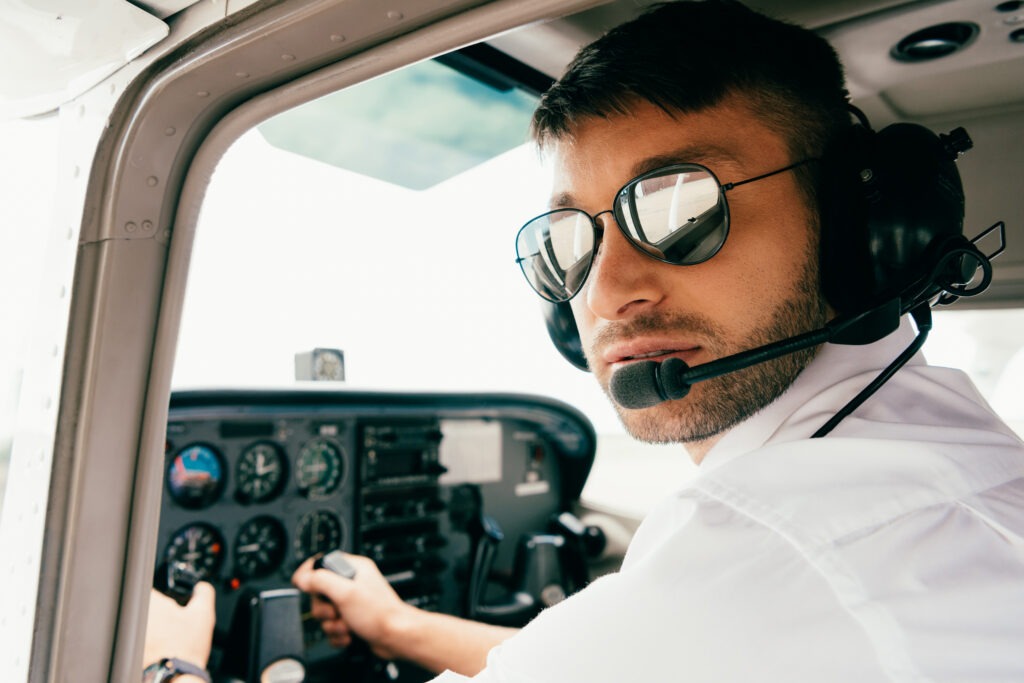
What Is a Commercial Pilot License (CPL)?
A CPL is the next step for pilots who want flying to be more than a hobby. It allows you to be paid for transporting passengers or cargo, conduct charter flights, ferry skydivers, tow banners and perform aerial survey work. You must be at least 18 years old, hold a PPL and obtain a second‑class medical certificate. Training is far more intensive: U.S. regulations require at least 190 or 250 total flight hours (the exact number depends on whether your school operates under Part 141 or Part 61). Many hours are spent mastering long‑range navigation, complex aircraft systems and regulations about flying for compensation.
Key CPL Privileges
- Earn income: You may legally accept compensation for flying tasks, from scenic tours to corporate shuttles.
- Operate larger aircraft: A CPL is required to fly multi‑engine aircraft and work toward an airline transport pilot certificate.
- Advanced endorsements: Adding instrument or multi‑engine ratings broadens the range of operations you can conduct commercially.
CPL Training Differences
- Flight time: Candidates must accumulate at least 250 total hours before sitting for the FAA practical exam—far more than the 40 hours needed for a PPL.
- Complex aircraft training: Ten hours must be flown in complex or turbine‑powered aircraft, teaching precise control and systems management.
- Long‑distance navigation: Commercial students practise cross‑country flights of at least 250 nautical miles and log 50 hours of cross‑country time, compared with a 100 mile trip required of private students.
- Regulations and judgment: The curriculum stresses rules governing compensation, weather assessment and professional‑level decision making.
Medical and Exam Requirements
Both licenses require you to pass written knowledge and practical tests, but the focus differs. PPL exams emphasise fundamental aircraft operations and basic navigation. CPL exams test advanced navigation, performance calculations and adherence to regulations for commercial operations. PPL holders need only a third‑class medical certificate, whereas commercial pilots must hold a second‑class certificate and undergo stricter medical screenings.

Cost and Time Investment
The financial and time commitments reflect the differing scope of the two licenses. Careerroo estimates that a PPL costs around US$10,000 and typically takes three to twelve months to complete. A CPL can cost up to US$30,000 and may require up to two years of training. Thrust Flight’s 2025 cost breakdown shows similar numbers: a private pilot certificate costs roughly US$21,000–26,000 and takes two to three months, while the commercial certificate runs US$25,000–27,000 over the same period. These figures exclude additional ratings and supplies such as headsets, kneeboards and medical exams. Remember that costs vary by location, aircraft rental rates and how long it takes you to reach proficiency.
Career Prospects and Goals
Your aviation ambitions ultimately determine which license you need. A PPL is ideal for hobbyists who want to share the joy of flight with friends and family or pursue recreational travel. It does not qualify you for paid employment, but it builds a strong foundation for further training. A CPL opens many doors: you can instruct, fly charter or cargo, conduct aerial photography or progress toward an airline caree. Most commercial pilots eventually pursue an Airline Transport Pilot License (ATPL), which requires at least 1,500 hours and is mandatory for airline pilots. Some pilots use the CPL as a stepping stone to a Certified Flight Instructor (CFI) certificate, enabling them to build hours while being paid.


